 University Library
Right of Way
University Library
Right of Way
 University Library
Right of Way
University Library
Right of Way
Library Exhibit Gallery
2019-20 Academic Year
The environmental justice movement sees people of color, people of low socioeconomic status, indigenous peoples, immigrant populations, LGBTQ communities, and other marginalized groups as being disproportionately burdened by the presence and effects of ecologically harmful infrastructures like landfills, factories, and transportation systems. It connects environmental quality objectives to strategies for social justice by centering harms experienced by human beings rather than viewing people only as inflictors of environmental damage. Thus, environmental justice is acutely fixed to both social justice and protection of natural resources.
Scholars who study environmental justice use numerous theoretical lenses, including critical race theory, ecofeminist theory, anarchist theory, and more, to understand the impact of human-inflicted environmental damage on public and mental health and the ways communities organize for change. As Los Angeles has grown, decisions to site different kinds of infrastructure in various locations around the city and county have had differing levels of impact on local neighborhoods and communities. Environmental justice activists have fought concentrations of environmental problems in marginalized communities, criticized the mainstream environmental movement for ignoring these communities and their problems, and generally worked to combat environmental racism.
In academia environmental justice work has grown to encompass disciplines in the social sciences, natural sciences, arts, and humanities. As you explore the gallery, consider the ways historicizing these struggles might help activists and scholars define, comprehend, and amend contemporary environmental inequalities. What are the distinctions between environmental justice and environmental equity, and how might they be leveraged to improve the experiences of marginalized communities? Are variations in environmental harm due to racism, market characteristics, or other social processes that cause injustices indirectly? Do activist strategies that rely on governments and industry via legislation, reforms, and policy concessions ultimately risk reinforcing the legitimacy of oppressive structures?
Case 1, Housing, is located behind you.